Inspiring Creator Series: Amanda Campeanu

Creativity has always been the thread running through Amanda Campeanu’s journey. From her early days behind the camera to leading her own production house in Brisbane Timbre Media with her now husband Alistair, Amanda has built a career around crafting colourful, story-driven content for beauty, fitness and lifestyle brands.
What makes Amanda stand out isn’t just her eye for detail or her polished compositions, but the way she continues to evolve. She has a rare ability to make products feel alive, capturing them in ways that feel both aspirational and real. Whether she’s shooting bold, conceptual scenes or intimate lifestyle moments, her work always carries a sense of warmth and authenticity.
Lately, Amanda has been exploring AI hybrid assets, a playful mix of AI and product photography that gives brands fresh, engaging visuals between shoots. It’s another step in her ongoing mission to experiment, adapt and find innovative methods to tell visual stories.
Driven by curiosity and a love for storytelling, Amanda keeps finding new ways to grow as a creator and inspire others to push their own creative boundaries. Keep reading to discover what fuels her ideas and how she’s redefining creativity in her own way.

Meet Amanda
How did your journey to photography start? Have you always been a productphotographer?
Hey everyone! I’m Amanda Campeanu from Brisbane, Australia, but we work with brands all over the world. Some of our clients come from the UAE, USA, UK, Canada, Iran, France, Switzerland, Fiji just to name a few.
I come from the corporate world so product photography was never something I aspired to do. It’s something I became interested in and fell into with the rise of Influencer marketing. I thought being an influencer looked like such a cool job, but building a following was hard, so I decided to be a product photographer as it didn’t rely on a following.
I started out doing free collabs with small brands. I was probably earning $200-$300 per job for like 10-20 photos. But I made a name for myself through Instagram and marketed specifically to those small brands with small budgets. Then it grew from there!
Fun facts about me!
- I have a Master's Degree in Finance and a Bachelor's Degree in Psychology & Criminology
- I love playing video games. Anything Mario or the Sims just downregulates my nervous system
- I only have 1 wisdom tooth
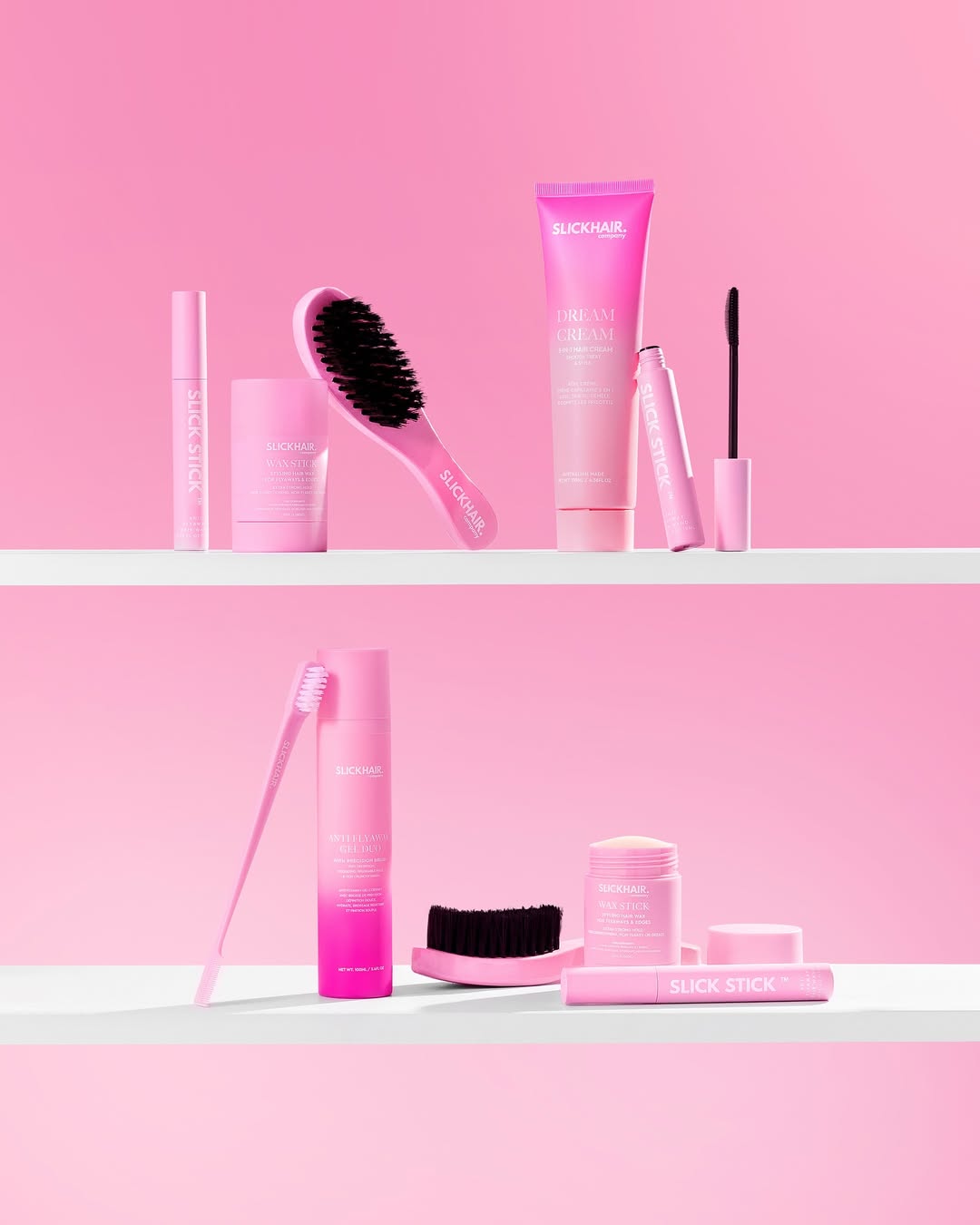
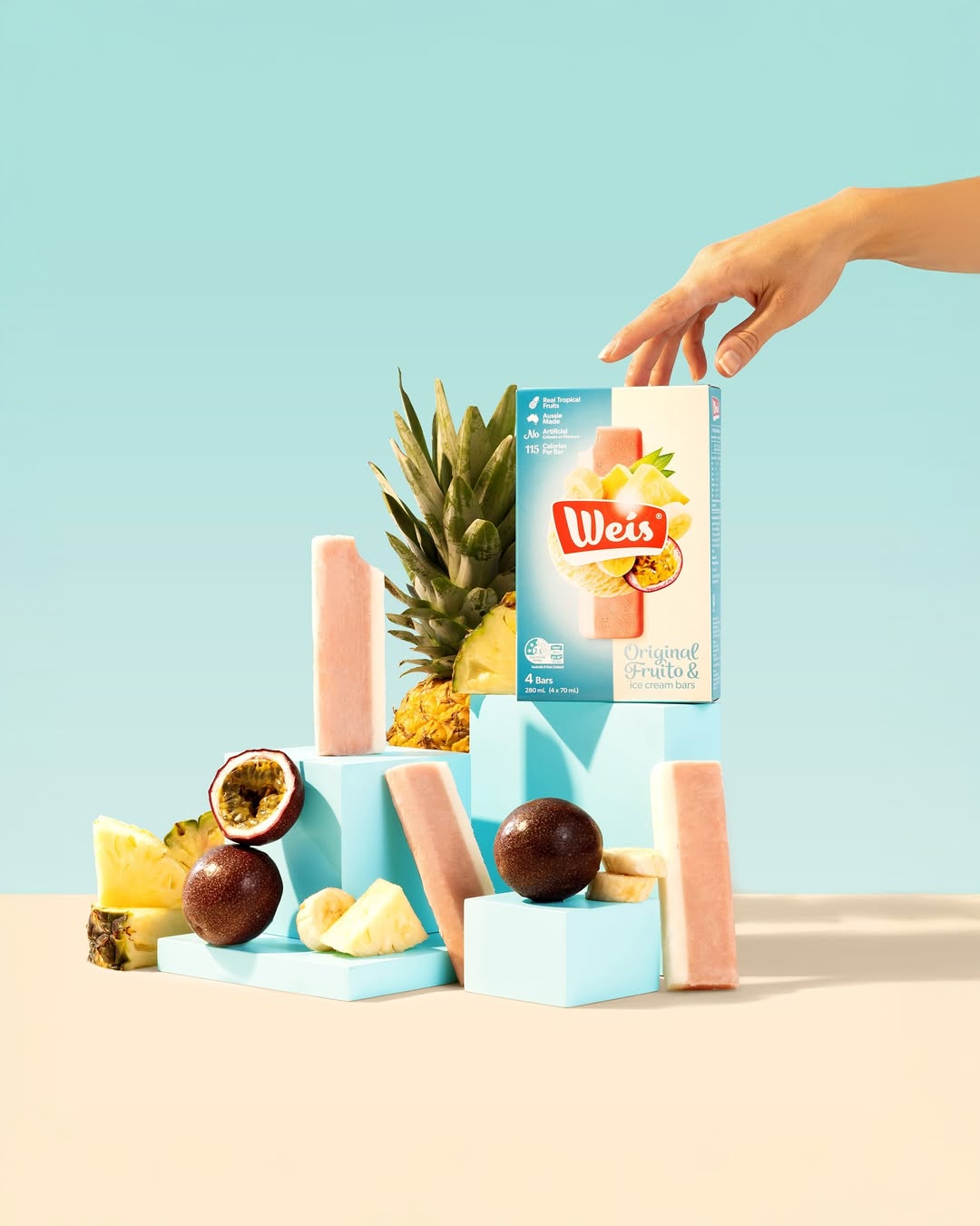
What equipment do you currently use to produce your content?
Canon R5. My favourite lens is a Canon L Series 100mm. I love my Godox Ad600 strobes (butwouldn’t suggest getting this model if you’re a beginner).
I use Capture One for tethering and Photoshop for editing.
What is your favourite lighting to use?
I love back or side lighting. I think anything that gives the product dimension and creates a nice contrast between the highlights and shadows is important. But my lighting setup changes depending on the brand and product.
What are your three favourite props to use?
I wouldn’t say I have favourite props, but I’d say my go-to props that consistently make anappearance are plinths, using water and acrylic.
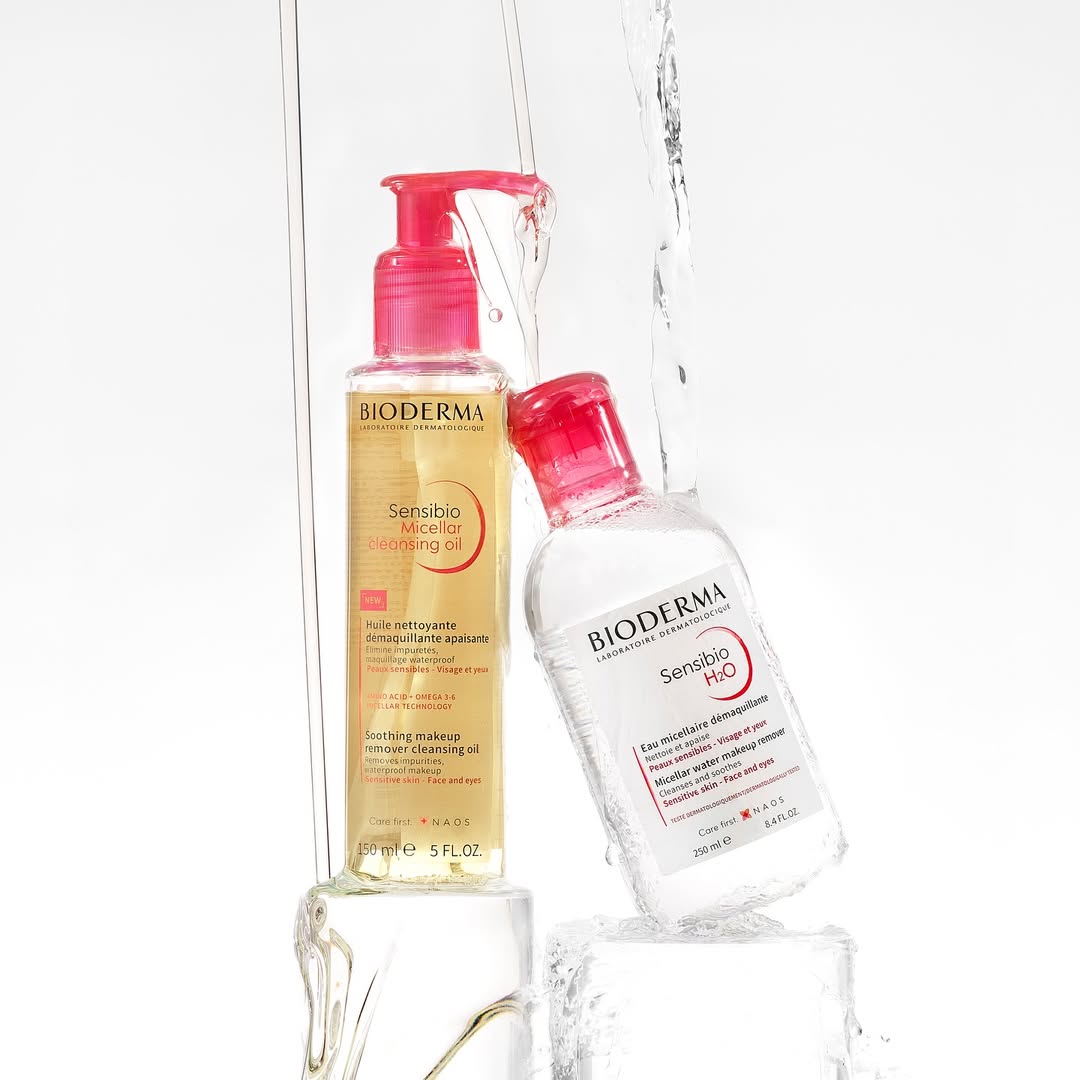

What is your best advice to share with aspiring photographers / videographers?
Be just as good at marketing (if not better!) as you are at photography or videography. I foundthat if you only sell the work, you’ll compete on price. Be specific with who you’re talking to.Know your target client like the back of your hand. Know what problems you solve and what you bring to the table. Don’t just sell the work. We are in a landscape where brands are looking for more than just a pretty photo. They need help with creative strategy, ideas, and direction. You’ll stand out if you know how to speak to this.
And also, adopt a long-term mindset. Give yourself 2 years of giving this a proper go before you give up. It’s tough to get started and you’ll need to give it your all and stay incredibly committed, especially when it feels like things aren’t moving. Your ability to be resilient will be your secret weapon for growth. Because even at 8 years of being in this industry, we are still adapting, pivoting, and innovating in order to stay top of mind and competitive. There will be times where you’ll lose jobs you really wanted, where maybe you don’t get an enquiry for a month, but it’show well you deal with these situations that will either see you be successful or not.
Your tips and behind the scenes videos are great and really engaging, any technical tips for creatives wanting to produce this type of content?
Knowing how to problem-solve your lighting is important. I never set up my lights at the start of a shoot and it’s perfect. I’m usually moving them right to left, up and down, adding or removing, using different modifiers... it’s important to always analyse how your light is interacting with your product and your scene, and give yourself time and space to finesse your lighting to get the best results.
I think too, try to avoid your photos looking too flat when it comes to lighting. At the beginning of my career, I didn’t know too much about different lighting setups and so I kinda just used the same setup all the time, and eventually I just got to a point where I wanted to level up my work but couldn’t pin point the issue. And it was because my photos just looked a bit flat. So understanding how to use lighting to shape products and not overexposing helped me create more depth and dimension in my photos that you see now.
Lastly, learn Photoshop. I am sometimes that person who will say “I’ll fix it in post”. And I can always fix it in post. Having GOOD photoshop skills will automatically elevate your photos.
How do you keep learning and evolving your skills?
We experiment a lot with our shoots and we aim to do something different with each shoot wedo. I can’t say there’s one person I look up to as I think there are a lot of incredible creators. But when we’re doing our pre-production for a campaign, this is where we’re working on ideation and it’s often choosing to do something different that pushes our skills that sees us improve.
We do a lot of research when it comes to content and so I think this practice helps us get new ideas for things we might want to try creatively.At the moment, we are in a coaching program which is more so focused on creative strategy as opposed to practical photo & video. I think mainly it's to find someone who is where you want to be and go learn from them (if you can).
[#cta]
What are your thoughts on AI, and how can product photographers best embrace it in their work?
I have a lot of thoughts on this topic but I’ll try to keep it short & sweet here. I think AI will force alot of photographers to innovate and really think about how they are positioning their business and their service. I’ve banged on about it for a long time on my socials that it’s not enough to just post your work and say “new work for X brand” unless you want to compete on price with other creatives and keep yourself in a certain budget bracket.
Instead, I truly believe that positioning your business as a creative partner/photographer will not only see you have a competitive advantage in the industry, but will also see your business thrive for many years to come regardless of the advancements in AI.
I think using AI as a tool and understanding where it can fit into your client’s marketing eco-system is important. We offer AI assets because our clients have asked for it. I’m not going to say no and have them go elsewhere, especially when they’re already booking photo & video shoots with us. So we’re going to innovate our service to be of MORE service to our clients and serve them in any way we can.
I think those who resist AI and only focus on “here’s this beautiful product photo I took for X brand” will find it hard to compete in the years to come. AI is not something to be feared. And there is a massive opportunity right now to start innovating your business in a way that solves problems for your clients, and you being able to communicate that in your marketing. There will definitely be areas where brands won’t need photographers for certain things as AI will be able to do it, but it’s not going to take over our jobs by any means. It just depends on how smart you can get with your marketing and innovating your own service.
AI is still just an asset, like a photo or video. A brand doesn’t wake up in the morning and think, “we need a beautiful photo and video today”. They have very specific goals they want to achieve. It depends on how well you can position/market your service as one that solves those problems for your clients and supports the goals they have.
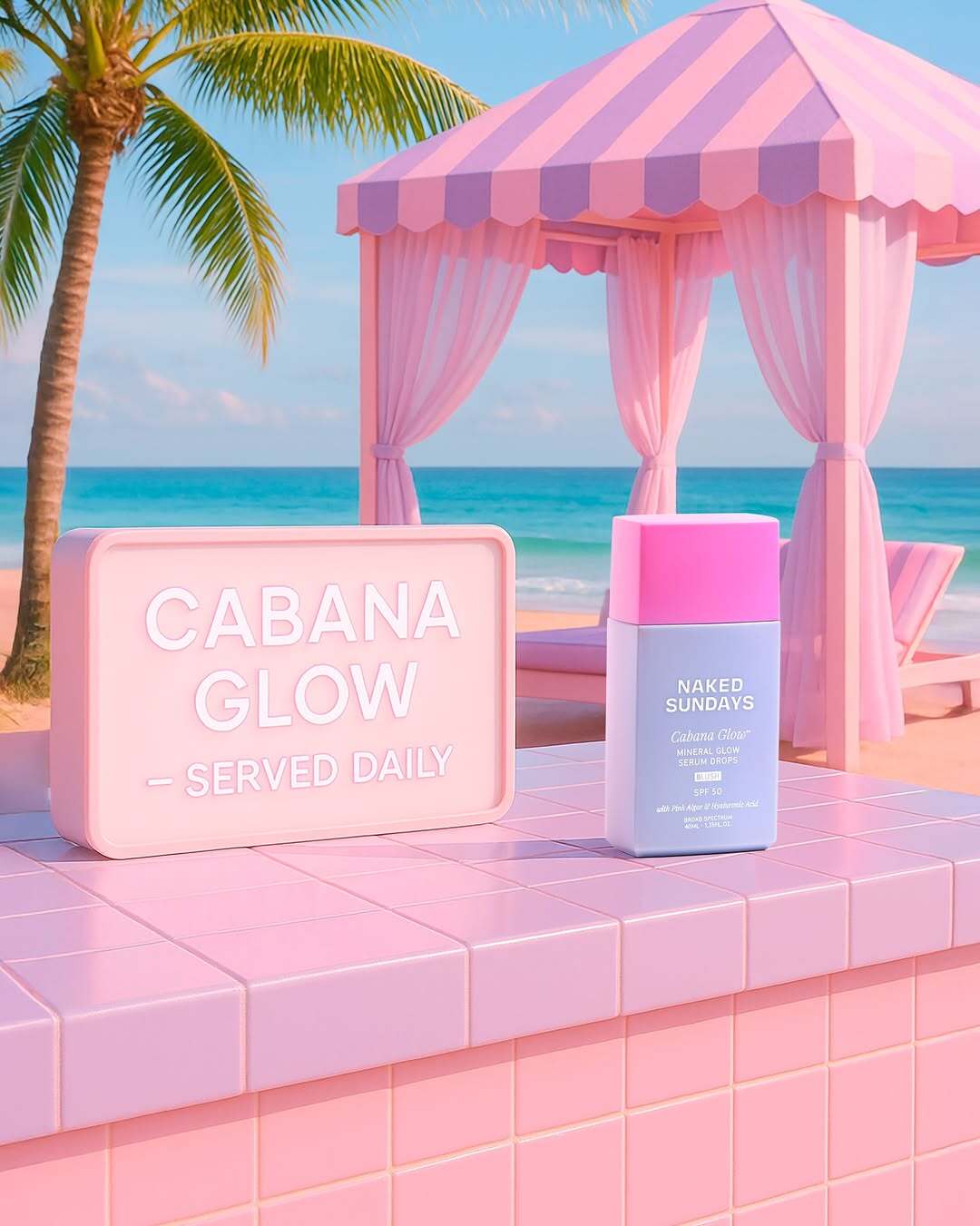
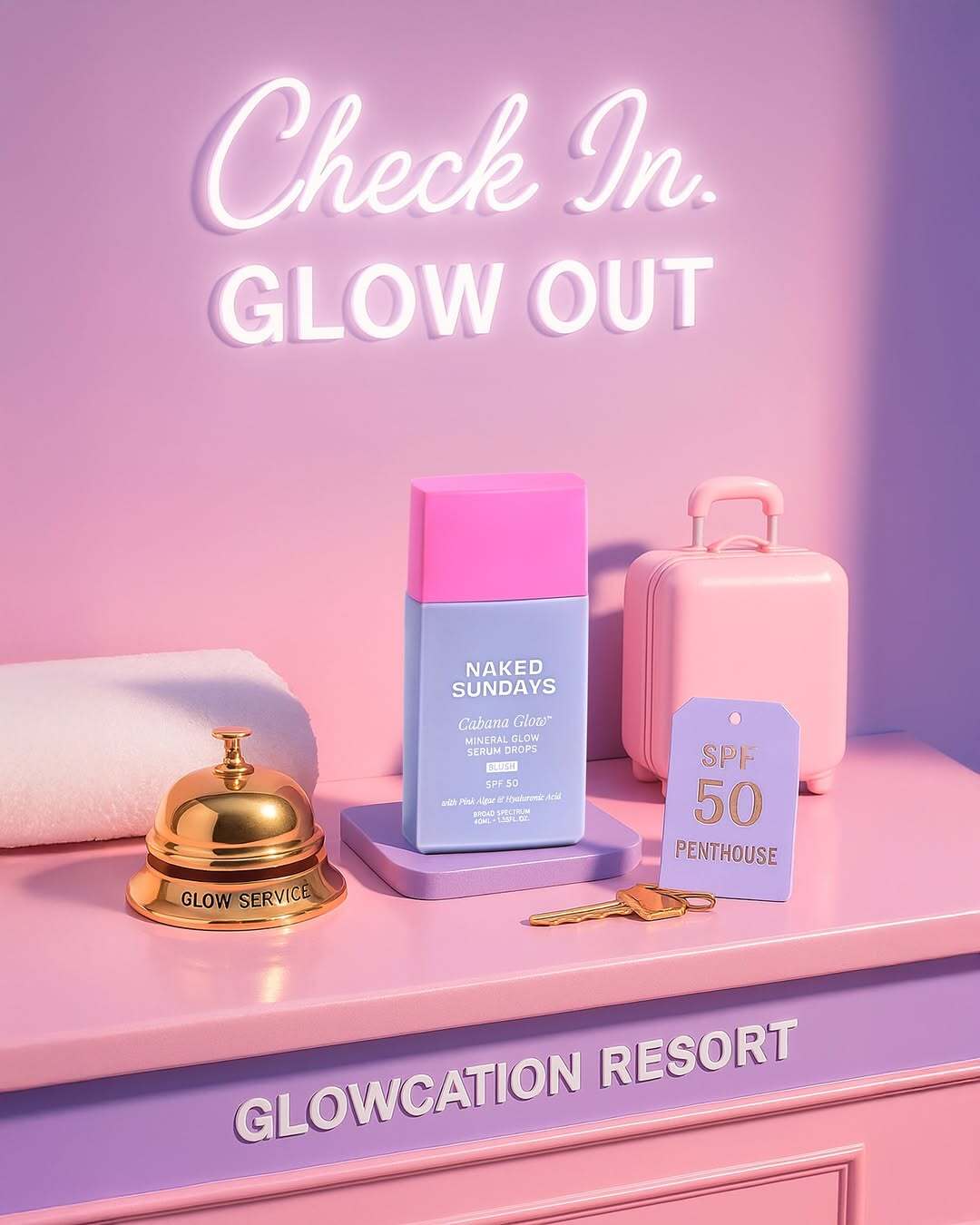
What is next for you?
Gosh, a lot. We’re in a bit of a transition stage at the moment and slowly building different things across the business (both for our clients and education). But let’s just say 2026 will (hopefully) see the fruition of things that have been a very long time coming. Great things take time to build and next year I’m sure we’ll be making a couple of huge announcements.

ou can follow Amanda's journey and see more of her inspiring work at @amandacampeanu as well as more information on the new AI Asset Lab over at her website Timbre Media House.
Don't forget to check out her YouTube channel and her courses at Become a Brand Creator Studio.







%20(1).png)

%20(1).png)
%20(1).png)






